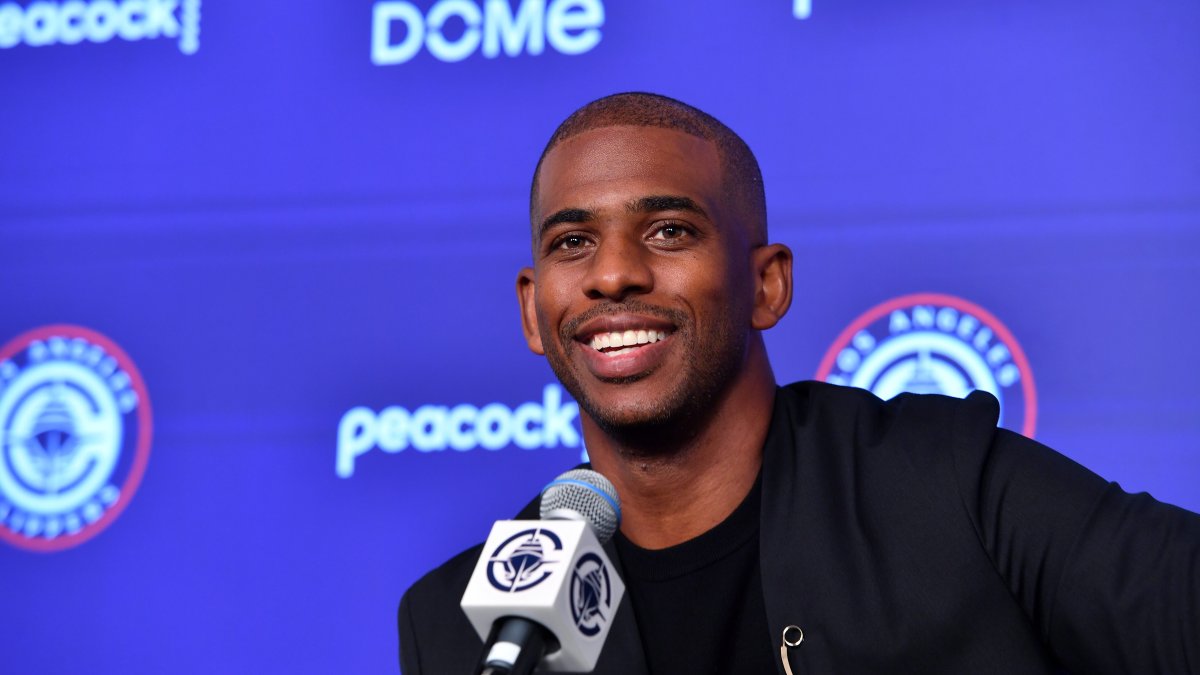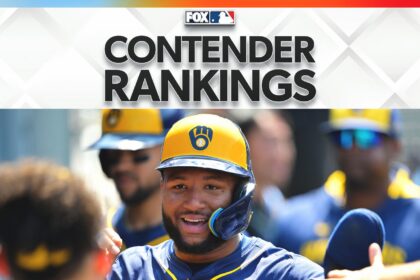Last summer, Chris Paul, like many Southern Californians, was intrigued by the opening of the new Inglewood Arena, home to the Los Angeles Clippers. Unlike most locals, however, Paul was a top NBA player who had played for the Clippers from 2011 to 2017 and was set to join the San Antonio Spurs. Yet, he was keenly aware that Steve Ballmer, the Clippers’ owner, had a vision for the team that included him returning.
“I wondered, ‘What does the locker room look like now?'” Paul recalled.
A year later, Paul rejoined the Clippers as a headline offseason signing, noting the stark changes since his first stint. The team now had a new arena, new branding, and an older, more experienced roster. While his initial tenure featured a youthful, athletic squad challenging league powerhouses, the Clippers of the upcoming season, led by 40-year-old Paul, will pursue their first NBA championship with one of the oldest teams in the league.
“There are so many things you can appreciate about playing at this age,” Paul said.
The NBA today is a league dominated by youth. Last season, the average player age was 26.3, with young teams like Oklahoma City and Indiana making surprise NBA Finals runs. Oklahoma City’s finals team had an average age of 25.6—one of the youngest in decades. Meanwhile, the Clippers’ season ended early, and their executive Lawrence Frank initially emphasized youth and athleticism as priorities. But the franchise has since pivoted towards experience, believing it offers a better chance to compete.
The Clippers are aiming to rotate nine players who average over 33 years old—making it the oldest pre-season roster in the league. “Age is just a number,” Frank joked. While Paul at 40 is the NBA’s second-oldest player after LeBron James, veteran players like 37-year-old center Brook Lopez, 36-year-old James Harden, and 32-year-old All-Star Bradley Beal bring depth to the team. Of the 11 likely regular players, only three are under 30.
Frank emphasized that the goal is to maximize the team’s talent regardless of age, while addressing concerns about injury risk by building a deep, reliable lineup. The Clippers see experience as an advantage, though historically only a few teams over 31 years old, like the 2010-11 Mavericks and 1997-98 Bulls, have won championships.
Frank pointed out that the Clippers’ oldest players, Paul and Lopez, were extremely durable last season, starting 162 of 164 games. “They were still productive years ago and last year,” he said.
The Clippers aren’t alone in valuing veteran presence. Houston, despite a young roster and a strong regular season, added 37-year-old Kevin Durant to boost their championship hopes. The Clippers’ approach wasn’t initially planned to center on aging stars but came from strategic decisions meant to improve the team. Executive moves were made with discipline and a long-term outlook, avoiding expensive contract extensions past 2026 to keep options open for future stars or trades.
Unlike many teams that rebuild with young, low-cost players, the Clippers’ 2019 trade limited their draft picks, complicating youth development. They’ve tried giving young talents a chance, but no breakout stars emerged. Owner and former Microsoft CEO Ballmer prefers building competitive teams every year rather than tanking for high draft picks, aiming to maintain fan interest in a city crowded with rival teams.
Frank summed it up: “Every year, we aim to put the best team possible on the floor, competing at the highest level.”
This philosophy attracted Paul, who is seeking his first championship in his 21st season and wanted to stay in Los Angeles close to his family for the first time since leaving the team in 2017. “My wife and kids are probably tired of me already,” Paul joked.
At Monday’s event introducing Paul, he was warmly received by fans, who playfully dubbed the team’s many veteran players as “UNC” or uncles. “I’m definitely ‘UNC’,” Paul laughed, adding the team has a good mix of young and older players and it’s up to them to make it work.
—
Fan Take: This story highlights the Clippers’ unique blend of veteran experience and youthful energy, challenging the NBA’s trend of relying heavily on youth. For basketball fans, it signifies an intriguing experiment on whether age and experience can trump youthful athleticism in the quest for an NBA title, potentially reshaping team-building philosophies in the league.



